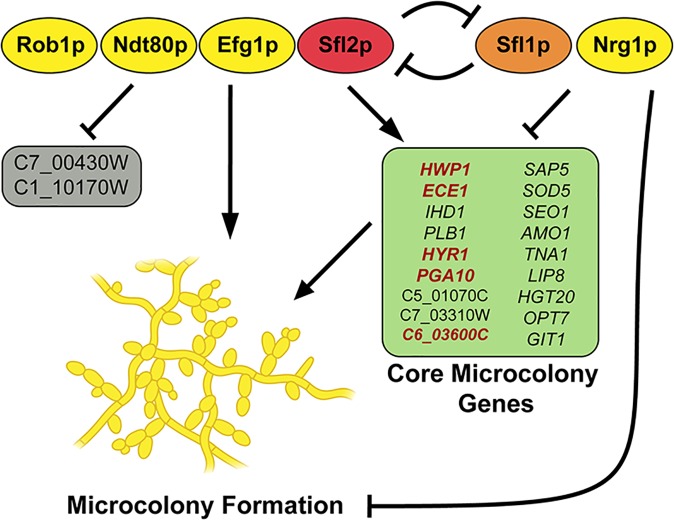Fig 8. Model of the regulatory elements of Candida albicans microcolony formation.
Six core microcolony transcriptional regulators (four positive [left], two negative [right]) are involved in microcolony formation, and regulation of core microcolony genes. SFL1 (orange) and SFL2 (red) have antagonistic roles, SFL2 is active at higher temperatures and inhibits SFL1 and NRG1, while SFL1 and NRG1 are active at lower temperatures. In microcolony forming conditions, the four positive microcolony transcriptional regulators (Rob1p, Ndt80p, Efg1p, and Sfl2p) work together to regulate the core microcolony genes (arrows indicate upregulation/promotion and blunt ends indicate downregulation/inhibition), and promote the formation and function (adhesion and invasion) of microcolonies. Core microcolony genes (in red) influence the size or density of microcolonies.

